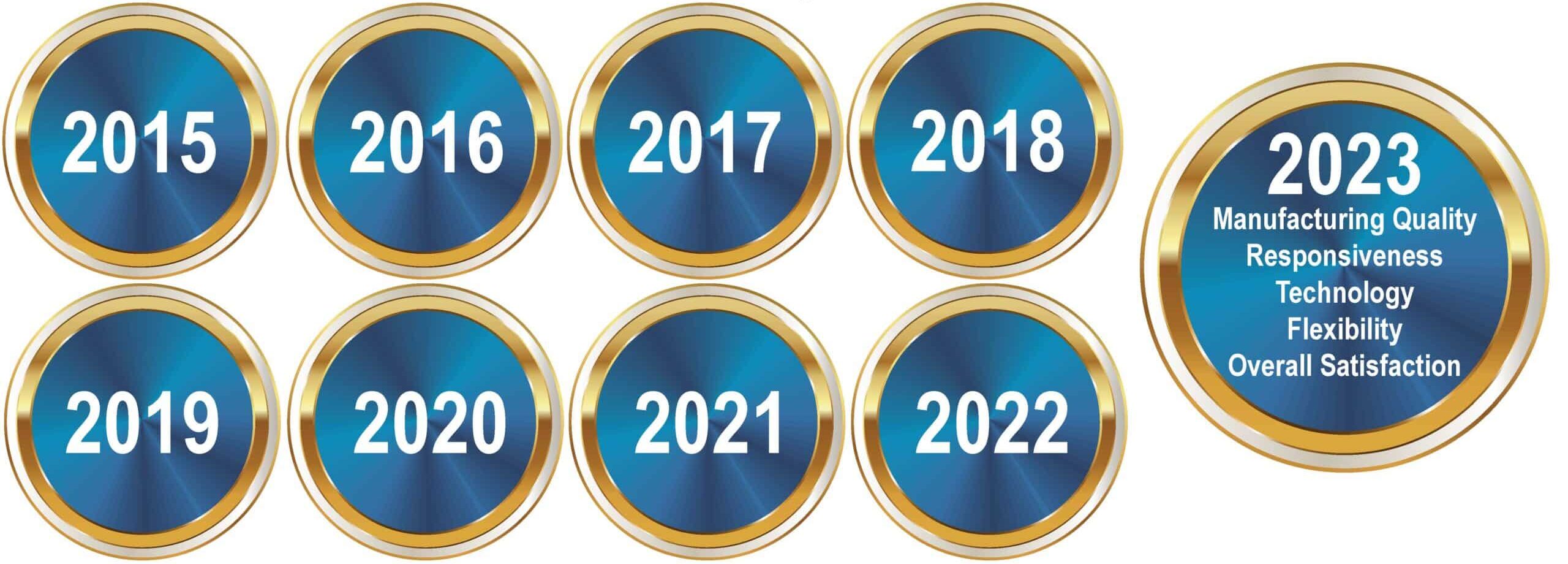Best Total Solutions. Lifetime Partnerships.
Smarter, Faster, More Efficient Electronics Manufacturing & Engineering Services
AEROSPACE & DEFENSE
Added manufacturing, expanded diagnostic testing, and sophisticated failure/reliability analysis for demanding Aerospace & Defense OEMs.
MEDICAL
Enhanced design, development, manufacturing, and inspection for innovative Class III Medical Devices and other FDA-compliant Life Sciences solutions.
TECH INDUSTRIALS
Extended engineering and enhanced manufacturing to differentiate Tech Industrial solutions for the Internet of Things (IoT) and Machine-to-Machine (M2M) Learning.
End-to-End Innovation, From Concept to Your Customer.
MANUFACTURING
Manufacturing and integration solutions that go far beyond basic assembly to deliver end-to-end production and ultimate delivery flexibility.
DESIGN & ENGINEERING
Expertise across many engineering disciplines, top project management, and engineers with a desire and ability to collaborate to your utmost advantage.
PROTOTYPING & NPI
Effective new product introduction (npi) takes your product demand and converts it into revenue-generating opportunities through rapid launch and time-to-volume.
AFTER-MARKET SERVICES
After-market programs should be designed specifically to meet the needs for each of your product lines and enable you to provide a clear benefit to your customer.

HONORED BY OUR CUSTOMERS AND CIRCUITS ASSEMBLY FOR THE 9TH CONSECUTIVE YEAR!
MORE LOCATIONS THAN EVER
United States
Albuquerque
BOISE
Boston HQ
Dallas
Denver
Milwaukee
ROCHESTER
Seattle
ST. PETER
CANADA
Mississauga
Toronto
Vancouver
Asia
Changzhou
MEXICO
Hermosillo
Mexicali
Asia
Changzhou
UNITED STATES
CANADA
MEXICO
ASIA


